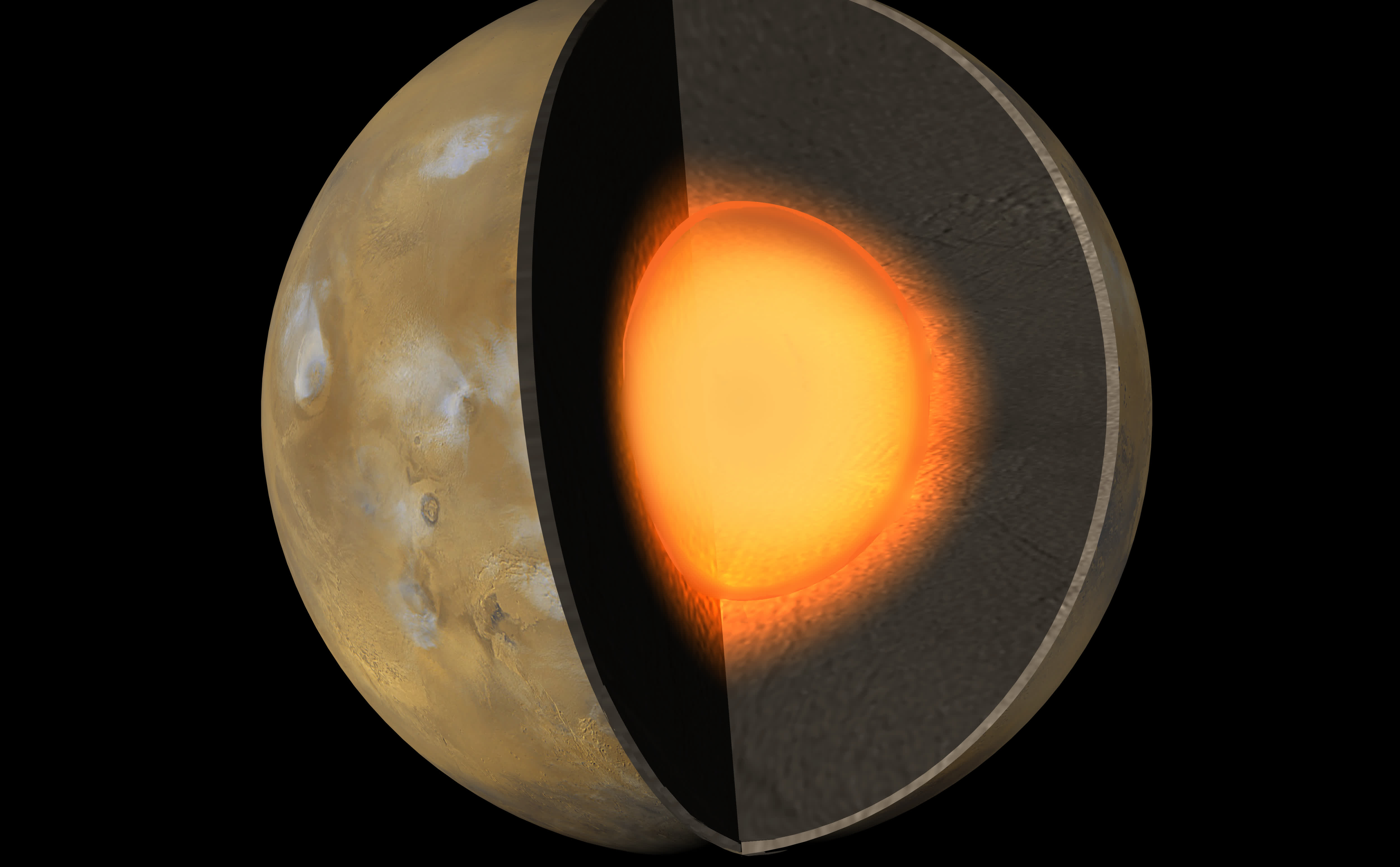Why it matters: NASA's InSight mission began studying Mars in 2018, and it didn't stop recording and sending data until its last breath, in December 2022. That trove of scientific data continues to inform researchers, offering new insights into the inner structure of the planet.

The InSight lander is no longer operational, but researchers continue to analyze the data collected over the course of four years to gain a better understanding of the inner workings of the Red Planet. The robotic probe was equipped with several scientific instruments, such as a seismometer (SEIS), a radiometer, a heat probe, and a "radio-science transponder" known as RISE (Rotation and Interior Structure Experiment).
RISE was designed to measure the tiniest variations in Mars' rotation, sending its measurements to radio telescopes here on Earth. A new study published in Nature went through data accumulated by the RISE instrument during the first two and half years of the InSight mission, detecting a resonance that according to scientists can only be explained if Mars has a liquid core.
Before studying the planet's inner core, the RISE team at the Royal Observatory of Belgium explained, the radio transponder had to precisely locate where InSight landed on the Martian surface. Data received by RISE was passed to the Mars Reconnaissance Orbiter (MRO), which took a photo of the site and confirmed its location with remarkable accuracy.

Scientists have long suspected that Mars' core was liquid, and RISE has seemingly confirmed the theory with actual data taken "on site." The instrument measured the planet's nutations, which are periodic oscillations (also known as wobbles) of the spin axis in space. The research accurately accounts for noise, external effects caused by the propagation of radio wavers through Mars' thin atmosphere, dust storms, and gravitational influence from Martian moons Phobos and Deimos.
The final data confirmed what was already recorded by the SEIS instrument, detecting a signature in Mars' rotation that could only be explained by the presence of a liquid core at its center. RISE data was instrumental in determining the core's radius and estimating the density difference between the mangle and the core. It is believed that the core consists of a liquid iron and sulfur alloy.
The researchers also detected mass anomalies existing deep within Mars' mantle, which allowed them to infer the likely shape of the core. Taken together, these new findings provided by InSight data further increase our knowledge about the "interior structure of Mars, its formation, and subsequent evolution."
https://www.techspot.com/news/99275-insight-data-reveals-mars-liquid-core-deep-mantle.html